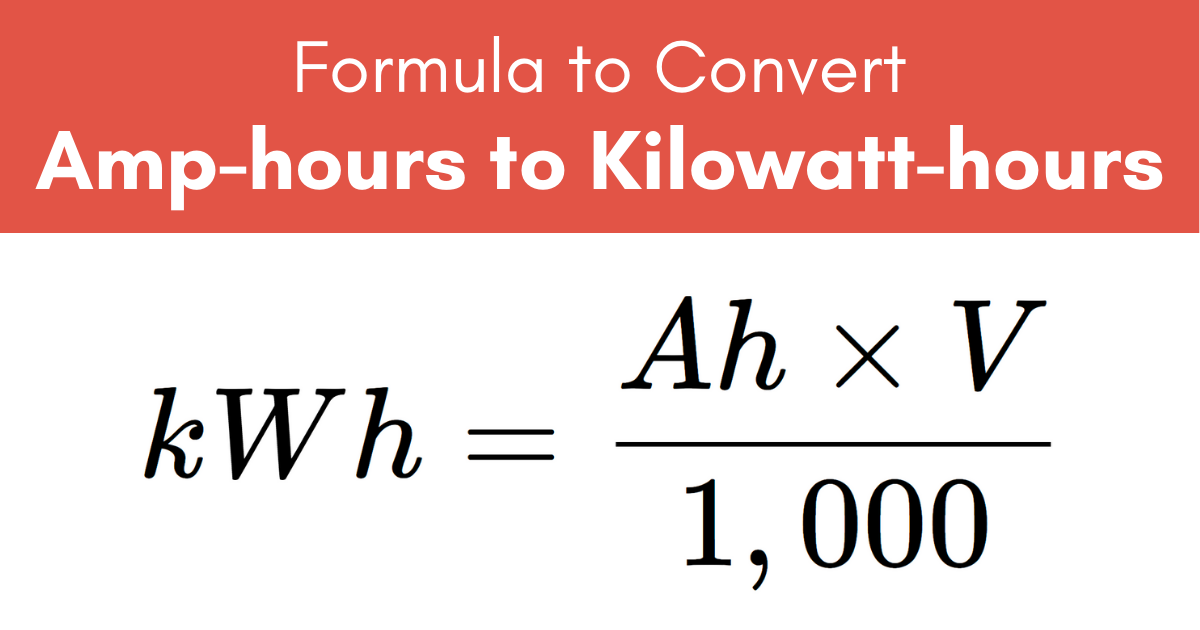Steve_S
Offgrid Cabineer, N.E. Ontario, Canada
Sorry, got myself twisted around as I was writing my response. Yes, all the amps are going through all the cells, even though the cell voltages are fluctuating.
I don't follow you on the 2A/cell...Amp are constant over a serial connection. So if you have 16 cells in serie to achieve a 48V pack, and this pack is delivering 140A, then each cell is delivering 140A also...
If you have 4 48V pack in parallel, then, each pack deliver 35A, but each individuel cell of each pack will be delivering 35A also...
In a nutshell, YES. If two identical packs are in parallel then that load would be split between the two and they would discharge fairly evenly.So if i am understanding this correctly,
if a load on the battery bank draws 250 amps from a battery bank made up of 280Ah cells, then each cell is drawing 250amps, and thus almost at the 1C rate for the cells?
In a nutshell, YES. If two identical packs are in parallel then that load would be split between the two and they would discharge fairly evenly.
You have a fairly good handle on it.... The "individual cell" question is another matter, KISS says divide 100A by 16 cells which comes back as 6.25A per cell but that isn't 100% either...
You are right, but they do not with an active bms which is able to pass some amps to an other cell (1-2 A). And that's the advantage of an active balancer which will be able to suck a little more amp from one cell then the other when the voltage delta is out of the configuration profile (let's say 30mV, 50mV).I'm sorry, I think there is a misunderstanding here...In Serie, all cells are pushing the same Amp amount. Voltage maybe different. But definitely, if battery is outputting 140A, then all cells are outputting 140A. But as there internal resistance may vary, the total voltage is the sum of all individual voltage.
No. If the battery is supplying 100 amps, each cell is supplying 100 amps.
I think the difference is “supplying” 100 amps vs supplying approximately 1/16 of 100 amps while the sum of the amps supplied by the other 15 cells still passes through.
Trying to parse supplying as an active action vs. passing through as a passive action.
I agree, an active BMS would transfer from one cell to an other but:You are right, but they do not with an active bms which is able to pass some amps to an other cell (1-2 A). And that's the advantage of an active balancer which will be able to suck a little more amp from one cell then the other when the voltage delta is out of the configuration profile (let's say 30mV, 50mV).
For this 128cells I would do 8 bank of 16 cells each bank, 8 bms then parallel all that... And I would constraint those cells in 8 boxes. A shunt per pack for capacity display and a circuit breaker to isolate pack(s) if needed.
And some warning stickers...do not short circuit one pack....cause that's a lot of energy in one place...
In series, amps don't add/subtract each other - only volts. So each cell is supplying 100. A cell won't act as a passive conductor and pass 100 amps but "provide" less. The electrons must flow from one side to the other. IR will impede the ability to pull higher currents and differences in IR will cause differences in temperature and all kinds of other effects, but it only becomes really important in parallel setups.
Allow me to clarify what I am trying to point out.
We use our batteries to “supply” us with power. As an example let’s use a 48v battery, 16 cells at 3v each.
At 100 amps that “supplies” 4800 watts.
Each individual cell supplies 300 watts.
So each cell is responsible for 1/16 th of the power supplied.
My post was just a précision, those 2A balancing are nothing in regard of a "high" discharge like 100A anyway.I agree, an active BMS would transfer from one cell to an other but:
-average would still be 100 A (if 100A are drawn from the whole pack)
-in no case the 100A would be divided by the number of cells.
This is in my opinion the minimum basics one should know before "toying" with such huge cell capacity!
In serie:
-power is divided because voltage is divided between each cell, ampere are (without active BMS) the same across all cells
In parallel:
-power is divided because amps are divided between each cells, voltage is the same across each cell...
Went through all the information and yt videos and decided to place the order for 9 Chargery bms systems, wanted to have an extra on hand. After reading over them all Batrium still seems super nice but the chargery is much less overall and seems very easy to work with.REF: Li-Ion BMS - White Paper - Dissipative vs. nondissipative balancing (a.k.a.: Passive vs. Active balancing)
QNBBM's from DeliGreen (they own the QNBBM brand)
HelTec Smart BMS'

Alibaba Manufacturer Directory - Suppliers, Manufacturers, Exporters & Importers
Alibaba Manufacturer Directory - Suppliers, Manufacturers, Exporters & Importerscncdheltec.en.alibaba.com
You may want this as well:
https://diysolarforum.com/resources/general-lifepo4-lfp-voltage-to-soc-charts-tables-12-24-48v.109/
For Quick Math Help (the darn formulas)

Amp-Hours (Ah) to Kilowatt-Hours (kWh) Conversion Calculator
Convert amp-hours to kilowatt-hours using this electrical conversion calculator. Learn the formulas to convert Ah to kWh with examples.www.inchcalculator.com
Hope it helps, Good Luck
Steve
Most of the time, energy independence come with an other way of consuming this energy.My inverter is the growatt 12kw, with two growatt 120 amp charge controllers. When talking with signature he stated that we would need to just be aware of our total load IE is the heater running / stove or laundry plus appliances and James is in a much larger home. Since I have a new meter I have been wanting to get the time to check all appliances, our heating system, stove etc, the mini split is roughly 20 amps. But with only 12kw I suspect I could easily hit that the max if I was not careful. With 8 16s and the max amps from them I calculated that the max load would long hit the inverter before the batteries were maxed. My sub panels is a 200 amp as well.
Most of the time, energy independence come with an other way of consuming this energy.
Lean how to use less, 100kwh of batteries is a lot....


